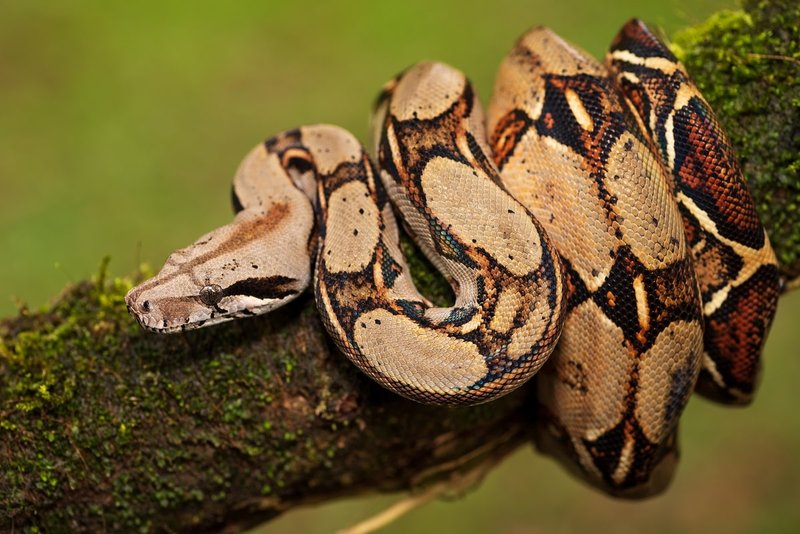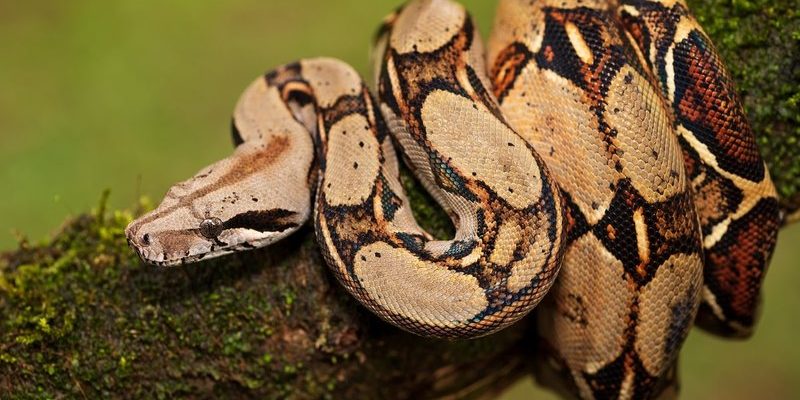
Understanding the conservation status of boa constrictors requires us to look at their habitats, threats, and how humans can make a difference. Think of it like baking a cake: each ingredient matters. If we don’t pay attention, the final result can end up being unappetizing. So grab your coffee, and let’s unravel the story of the boa constrictor and its fight for survival.
What is the Conservation Status of Boa Constrictors?
The IUCN Red List is the go-to source for determining the conservation status of species. Right now, the boa constrictor is listed as “Least Concern.” This might sound like good news, but it’s not as straightforward as it seems. The conservation status varies across different regions, and certain populations are indeed facing challenges.
In some areas, these snakes thrive due to healthy habitats and less human interference. However, in other regions, habitat loss and illegal poaching threaten their existence. It’s like having a neighborhood where some houses are well-maintained while others are falling apart. The health of the population can vary significantly based on local conditions.
You might be wondering what “Least Concern” truly means. Well, it indicates that boa constrictors are not currently at an immediate risk of extinction. However, it’s essential to take a closer look at the trends. Population declines in specific regions can signal trouble ahead if we don’t act.
Threats to Boa Constrictors
Like many wildlife species, boa constrictors face a range of threats that can impact their populations. Here are some of the major challenges they encounter:
- Habitat Loss: One of the biggest threats is the destruction of their natural habitats due to deforestation, agriculture, and urban development. As forests are cleared, boas lose the places they call home.
- Illegal Wildlife Trade: Boa constrictors are also targeted for the exotic pet trade. Unfortunately, many of these snakes are captured from the wild, disrupting local populations.
- Climate Change: Changes in climate can alter their habitats and food sources. If the environment heats up or changes drastically, it can affect the survival of these reptiles.
Honestly, it’s a bit like playing a game of Jenga. Each block represents a crucial part of their ecosystem, and pulling one out can lead to a collapse.
Why Conservation Efforts Matter
You might be asking yourself, “Why should I care about boa constrictors?” Well, here’s the thing: every species plays a vital role in its ecosystem. Boa constrictors help control the populations of prey species, keeping the balance of their environment intact.
Imagine a world where these beautiful snakes no longer existed. It would have a ripple effect on the ecosystem, possibly leading to overpopulation of rodents and other prey species. This imbalance can result in further issues like crop damage and increased disease spread. By supporting conservation efforts, we aren’t just saving snakes; we’re also preserving the delicate web of life on our planet.
Moreover, conservation initiatives often benefit local communities. When people see value in preserving wildlife, they may turn to ecotourism or sustainable practices that offer economic benefits. It’s a win-win scenario—protecting wildlife while supporting local economies.
Current Conservation Efforts
Various organizations and governments are currently working to protect boa constrictors and their habitats. Here are some major initiatives:
- Protected Areas: Creating protected areas helps secure habitats for boa constrictors and other wildlife. These zones are crucial for preserving biodiversity.
- Educational Programs: Many conservation groups focus on educating local communities about the importance of snakes and biodiversity. Awareness can lead to positive change in attitudes toward these creatures.
- Combating Illegal Trade: Efforts to reduce illegal wildlife trade involve law enforcement, policy changes, and public awareness campaigns to protect species like the boa constrictor from exploitation.
You might be surprised at how effective these efforts can be. For instance, when local communities become invested in their wildlife, they often take on the role of guardians of the environment. It’s like having a great friendship—when you care, you invest time and effort.
How You Can Help
Want to get involved? There are numerous ways you can contribute to conservation efforts for boa constrictors and other wildlife:
- Support Conservation Organizations: Donating to or volunteering for groups focused on snake conservation can help fund critical projects.
- Promote Awareness: Share information about boa constrictors and their conservation status with your friends and family. Awareness leads to a more informed public.
- Practice Responsible Pet Ownership: If you own a boa constrictor or any exotic pet, ensure you are sourcing it responsibly and providing proper care.
Remember, every small action adds up. Your support can drive significant changes in the fight for wildlife conservation.
In summary, while the boa constrictor is currently classified as “Least Concern,” it faces various challenges that could put its future at risk. From habitat destruction to illegal trade, these threats highlight the need for ongoing conservation efforts. By understanding and supporting these initiatives, we contribute not only to the survival of the boa constrictor but also to the health of ecosystems worldwide.
So, the next time you spot a beautiful boa constrictor in a documentary or perhaps even in the wild, you’ll appreciate the journey it has taken to survive. Every effort—big or small—makes a difference in securing a future for these magnificent snakes. Let’s protect our wildlife, one boa constrictor at a time!

